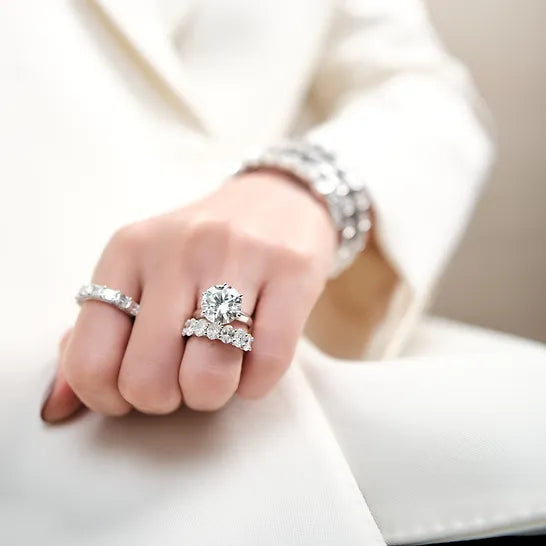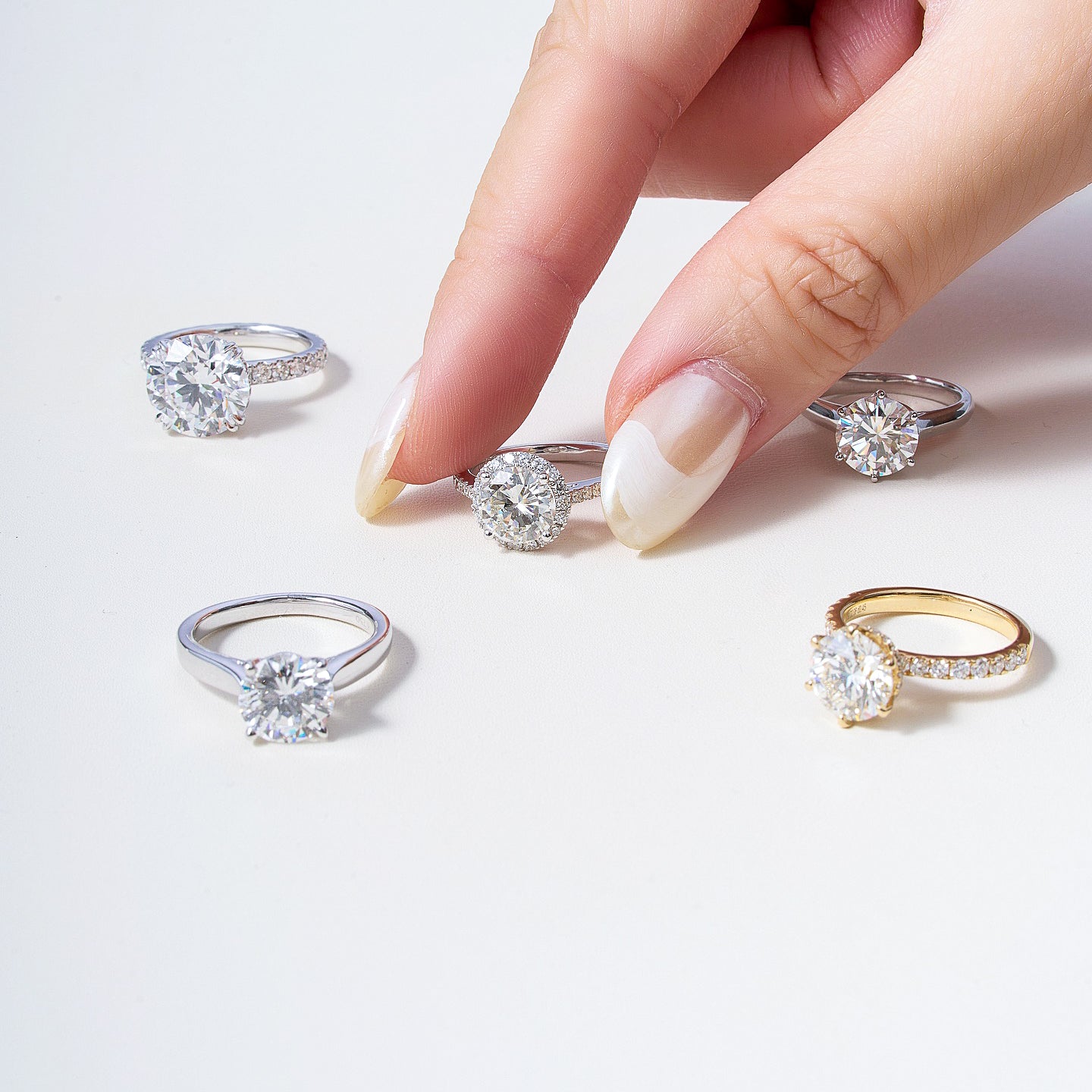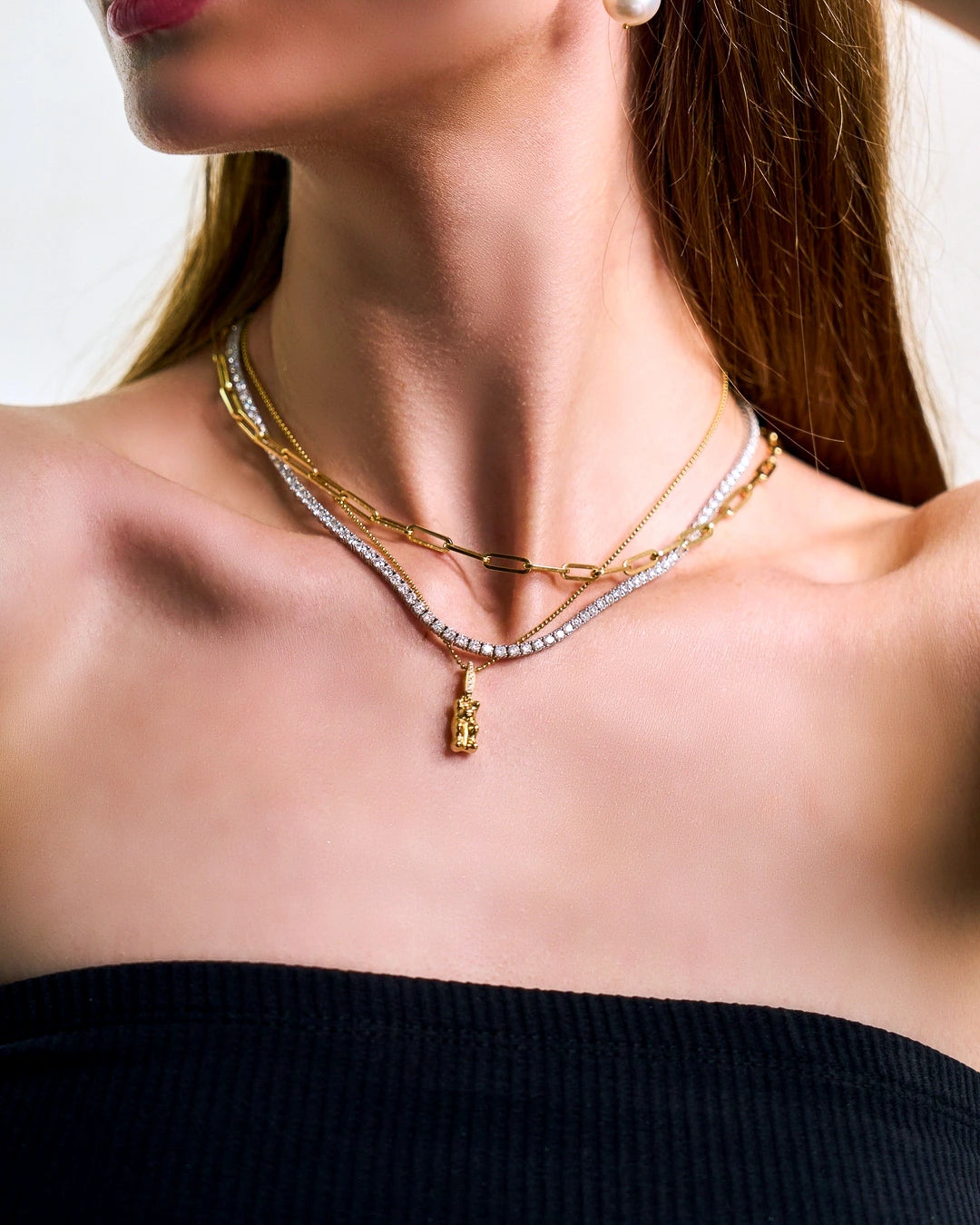In recent years, the jewelry industry has witnessed a significant shift towards sustainability and ethical practices. As consumers become more conscious of the environmental and social impact of their purchases, the demand for sustainable and ethical jewelry has surged. In this blog post, we explore the growing trend of sustainable and ethical jewelry and why it's becoming increasingly important in today's world.
The Environmental Impact of Traditional Jewelry
Traditional jewelry production often involves practices that contribute to environmental degradation, including mining, resource depletion, and pollution. Additionally, the extraction of precious metals and gemstones can have devastating consequences for ecosystems and local communities.
The Rise of Sustainable Materials: To address these environmental concerns, many jewelry brands are turning to sustainable materials such as recycled metals, ethically sourced gemstones, and lab-grown diamonds. By repurposing existing materials and reducing the demand for new mining, these sustainable alternatives help minimize environmental impact and promote responsible consumption.
Ethical Sourcing and Fair Trade Practices
In addition to sustainable materials, ethical sourcing and fair trade practices are integral to the production of ethical jewelry. This involves ensuring that workers throughout the supply chain are treated fairly, paid a living wage, and provided with safe working conditions. By supporting brands that prioritize ethical sourcing, consumers can help empower artisanal miners and support sustainable livelihoods in mining communities.
Transparency and Traceability
One of the key principles of ethical jewelry is transparency and traceability. Consumers are increasingly demanding visibility into the journey of their jewelry, from mine to market. Brands that provide detailed information about their sourcing practices and supply chain can build trust with consumers and demonstrate their commitment to ethical and sustainable production.
The Importance of Certification
Certifications such as Fairtrade Gold, Responsible Jewelry Council (RJC), and Kimberley Process Certification Scheme (KPCS) play a crucial role in verifying the ethical and sustainable credentials of jewelry brands. By seeking out certified products, consumers can make informed choices and support brands that uphold high standards of social and environmental responsibility.
Vere Jewellery's Commitment to Sustainability
At Vere Jewellery, we are proud to be part of the movement towards sustainable and ethical jewelry. We are committed to sourcing our materials responsibly, minimizing our environmental footprint, and upholding the highest standards of ethical production. With our exquisite collection of sustainable and ethical jewelry, you can adorn yourself with confidence, knowing that your purchase supports a more sustainable and equitable future.
Conclusion
The rise of sustainable and ethical jewelry reflects a growing awareness of the impact of consumer choices on the planet and its people. By choosing sustainable and ethical jewelry, consumers can make a positive difference and contribute to a more responsible and compassionate jewelry industry. At Vere Jewellery, we invite you to join us on this journey towards a more sustainable and ethical future, one beautiful piece of jewelry at a time.





